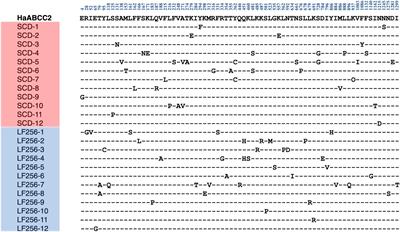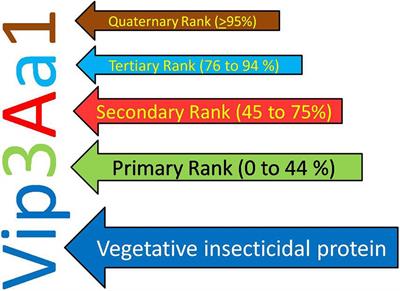EDITORIAL
Published on 10 Dec 2021
Editorial: Improving Bacillus thuringiensis Toxins for Better Pest Control
doi 10.3389/fmicb.2021.799011
- 1,576 views
13k
Total downloads
83k
Total views and downloads
You will be redirected to our submission process.
EDITORIAL
Published on 10 Dec 2021
ORIGINAL RESEARCH
Published on 28 Jun 2021

ORIGINAL RESEARCH
Published on 28 Jun 2021

REVIEW
Published on 01 Jun 2021

ORIGINAL RESEARCH
Published on 14 May 2021

REVIEW
Published on 13 May 2021

ORIGINAL RESEARCH
Published on 29 Apr 2021

ORIGINAL RESEARCH
Published on 11 Feb 2021

